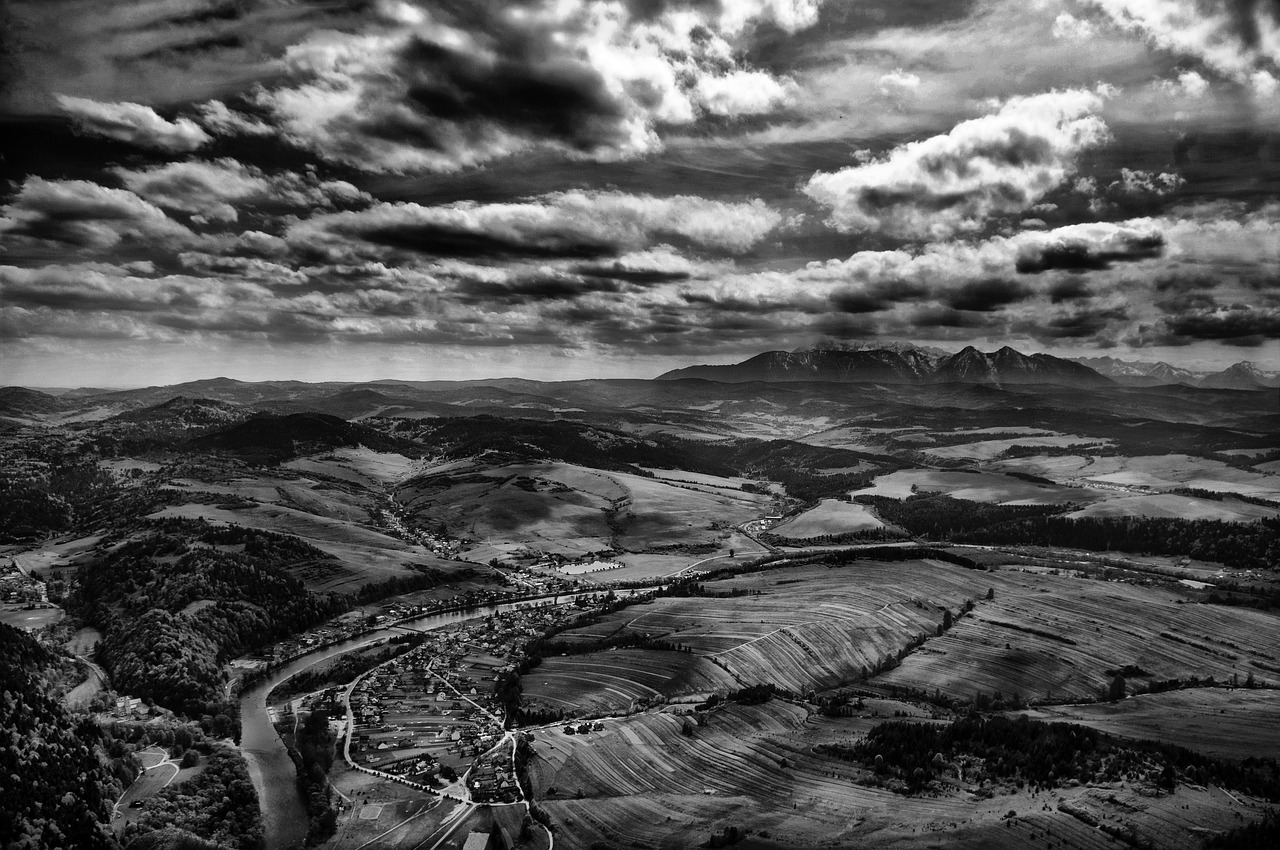The Great Wall of China, one of the most remarkable architectural marvels in human history, stands as an enduring testament to the resilience and ingenuity of ancient civilizations. This magnificent structure stretches over 13,000 miles across northern China, winding through deserts, mountains, and plains, from Gansu Province in the west to Heilongjiang Province in the east.
Constructed over several dynasties, primarily during the Qin, Han, and Ming periods, the Great Wall was built for various purposes such as defense against invasions, protection of trade routes, and to display the might of the empire. Its construction involved millions of laborers who toiled under the most arduous conditions. The wall is not just a single continuous line but a series of walls, towers, and fortifications that were linked together by garrison stations and military posts.
The most famous section of the Great Wall that caters to tourists is near Beijing, known as the Badaling Section. It was renovated in the early 20th century and is now accessible to visitors from all over the world. As you stand on this historic landmark, you can't help but be struck by its sheer size and the grandeur it commands. The walkway is paved with stones, and there are numerous watchtowers along the way where soldiers would have kept watch for approaching enemies.
Another must-see section is the Mutianyu Segment, which is less crowded than Badaling and offers a more authentic experience. Here, visitors can enjoy the restored defensive structures and a cable car ride up to the wall at the top of the mountain. The hike from the bottom to the top is steep and challenging, providing travelers with a sense of accomplishment when they finally reach the summit.
Aside from these two sections, other notable parts include Jinshanling, Simatai, and Jiankou, each offering unique perspectives of the wall amidst their respective landscapes. Jiankou, in particular, is favored among adventurous hikers due to its wild, natural beauty and challenging sections without stairs or paths.
In addition to its historical significance, the Great Wall has been named one of the New Seven Wonders of the World and is a UNESCO World Heritage Site. It continues to attract international recognition and is featured in various global cultural events. The Great Wall is also a symbol of China's long-standing history and its role in protecting the nation throughout the ages.
Visiting the Great Wall is not just about seeing an impressive piece of engineering; it's about experiencing a slice of China's past and appreciating how the efforts of previous generations have contributed to our collective heritage. Whether you're strolling leisurely down Badaling or hiking up a rugged stretch of the wall, every step taken reveals new facets of this ancient wonder.
As you explore the Great Wall, take a moment to imagine the footsteps of countless soldiers and workers who have tread upon these stones before you. Let the bricks tell their stories of courage, determination, and resilience. The Great Wall remains one of the most compelling destinations for anyone interested in history, culture, and architecture.
In conclusion, the Great Wall of China is a place of breathtaking beauty and profound significance. It invites visitors to reflect on the passage of time and the enduring legacy left behind by ancient civilizations. Whether you're a traveler seeking adventure or a historian looking to connect with the past, the Great Wall is an unmissable destination that promises an unforgettable experience.











